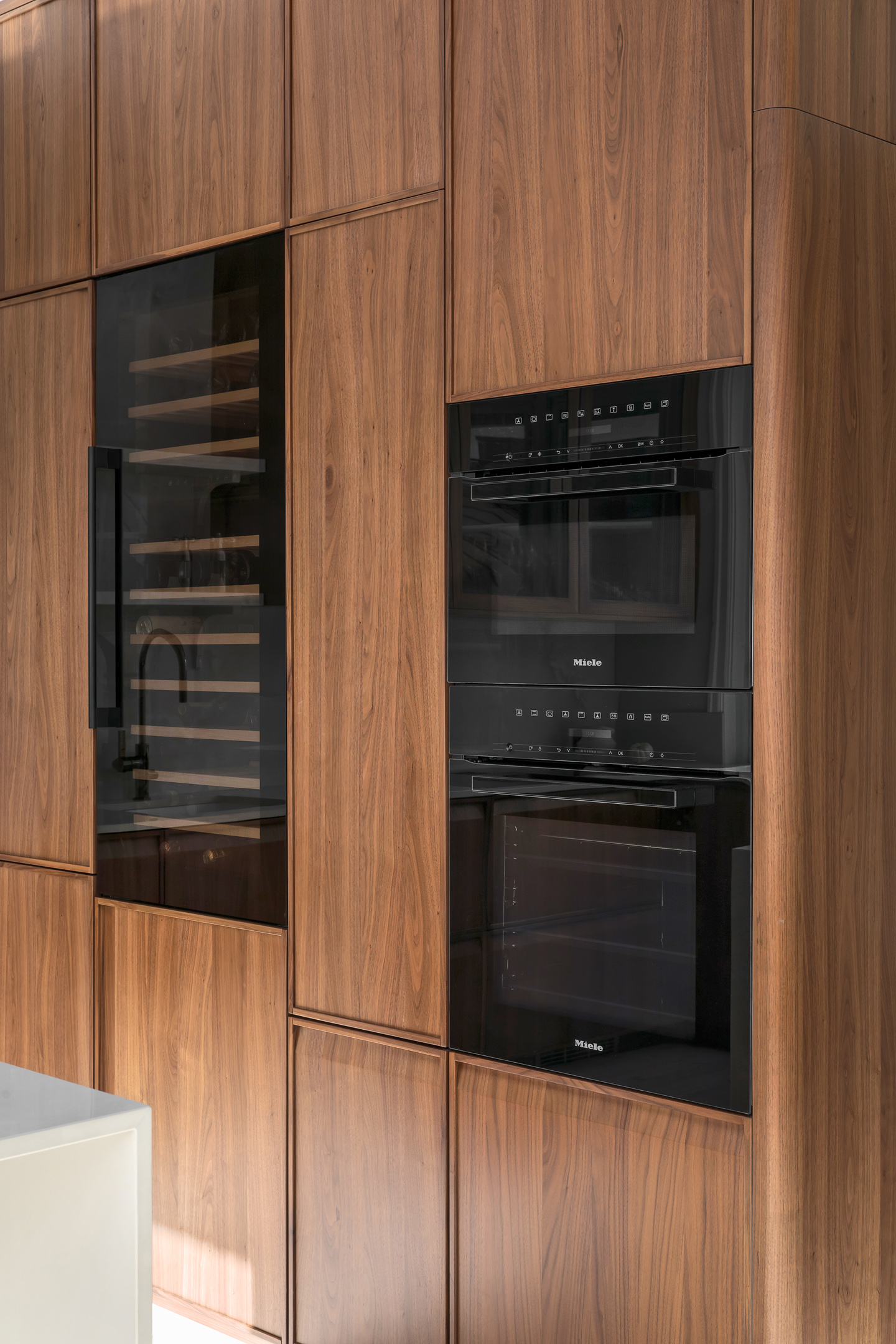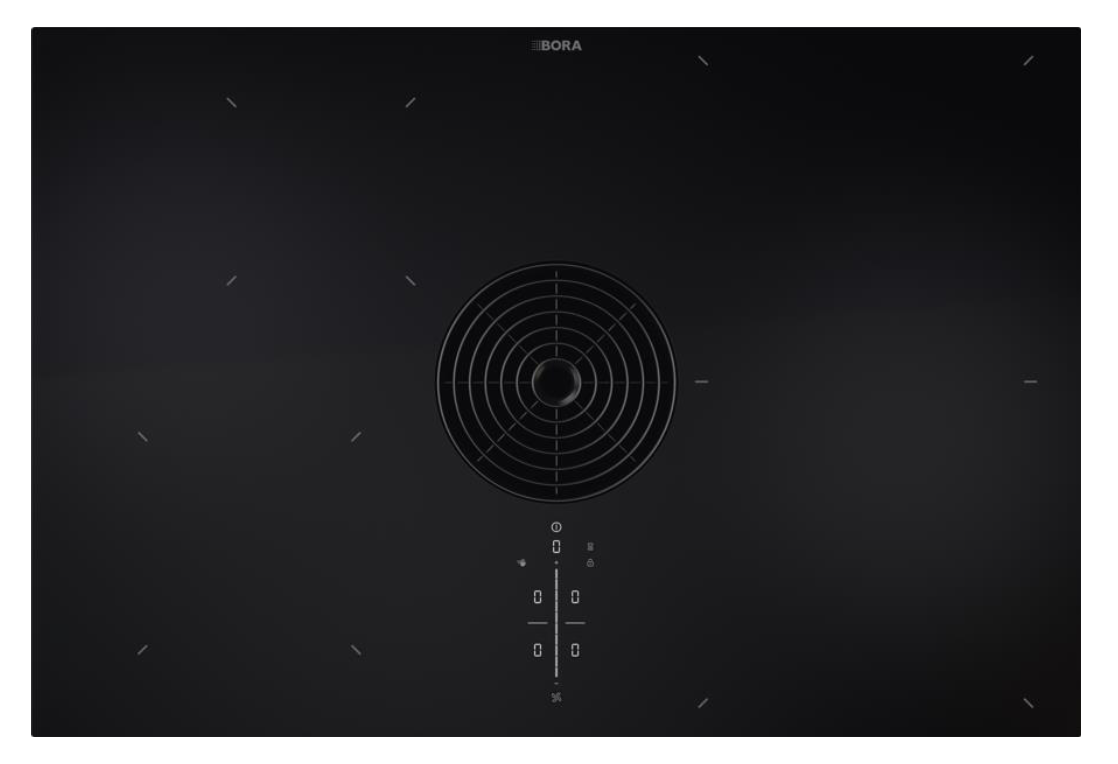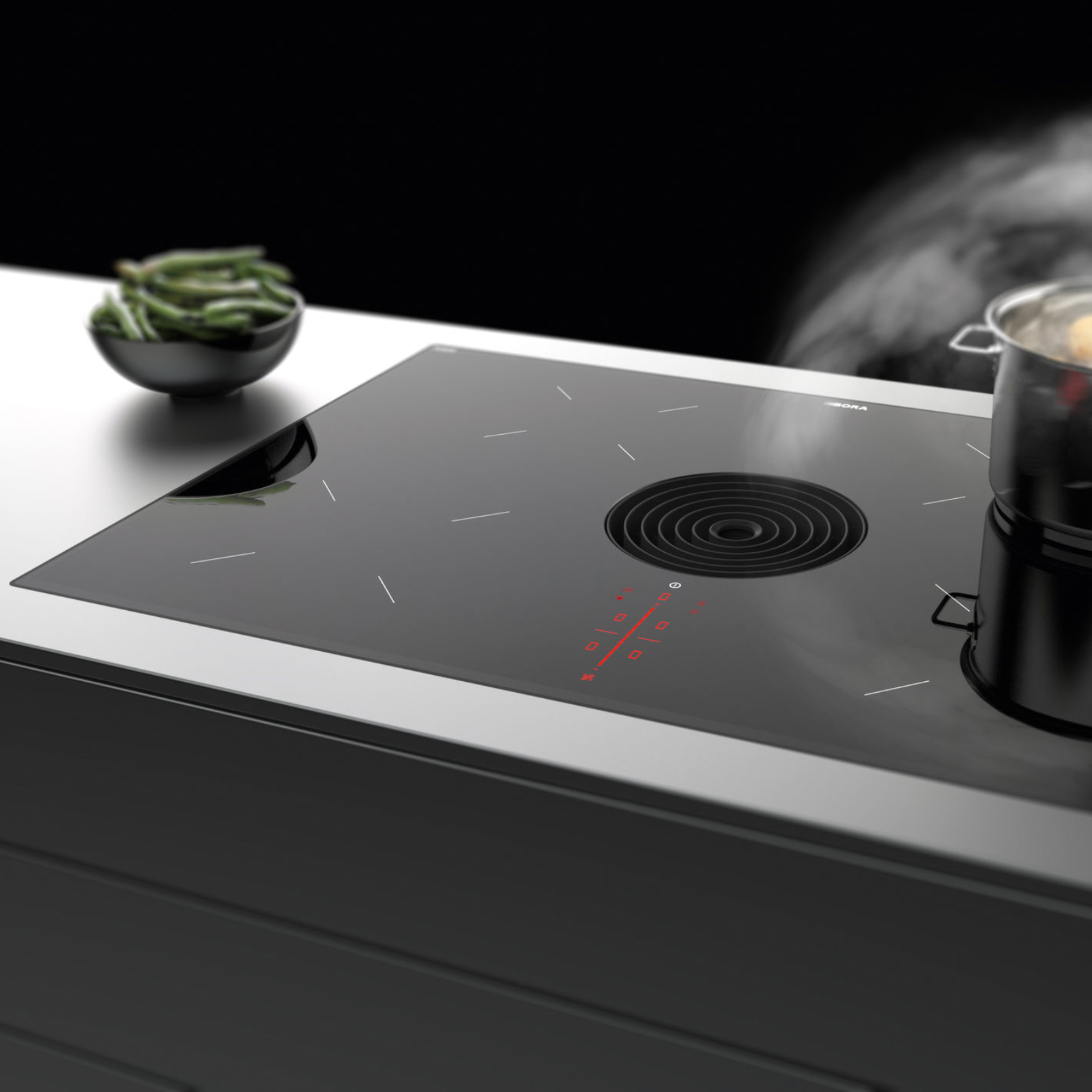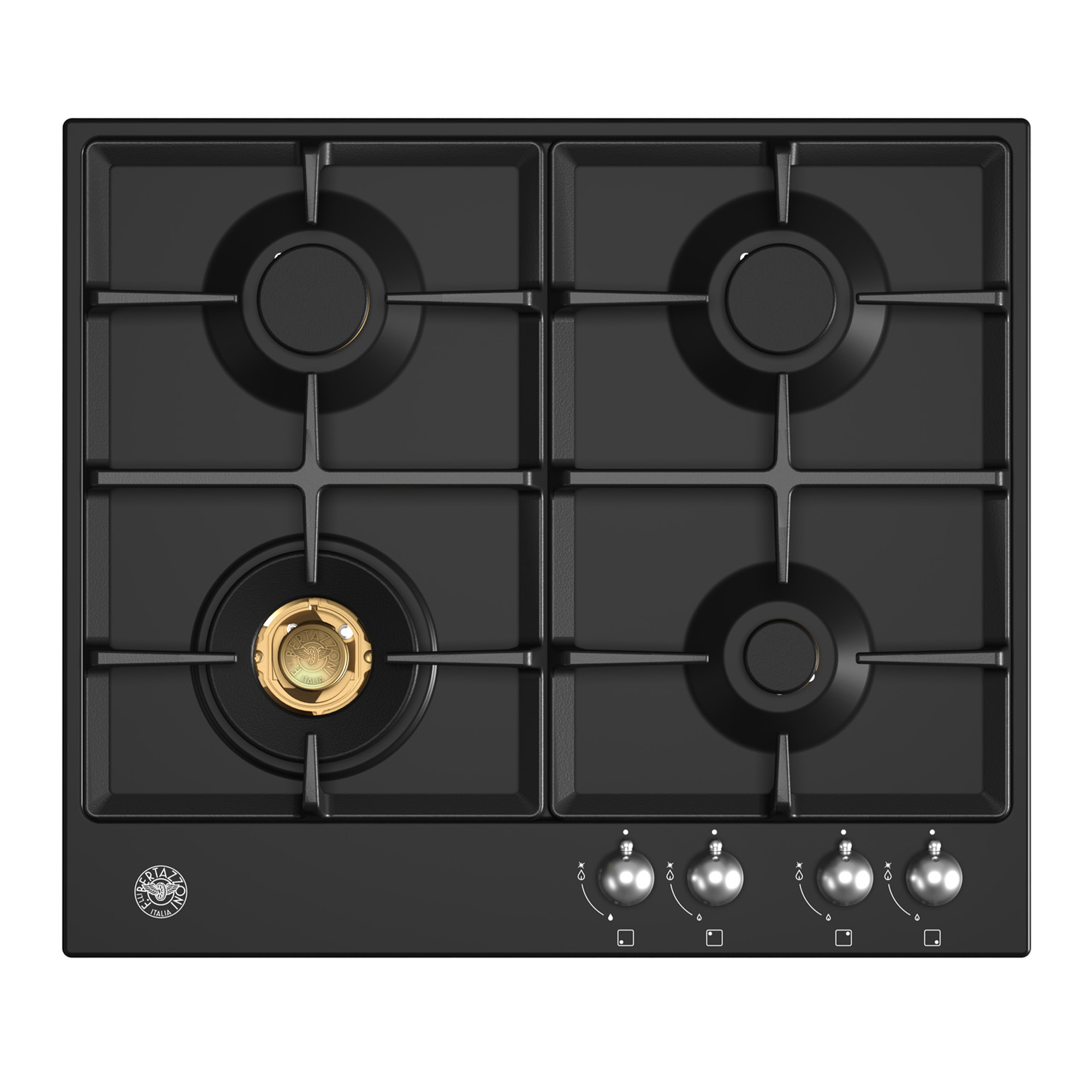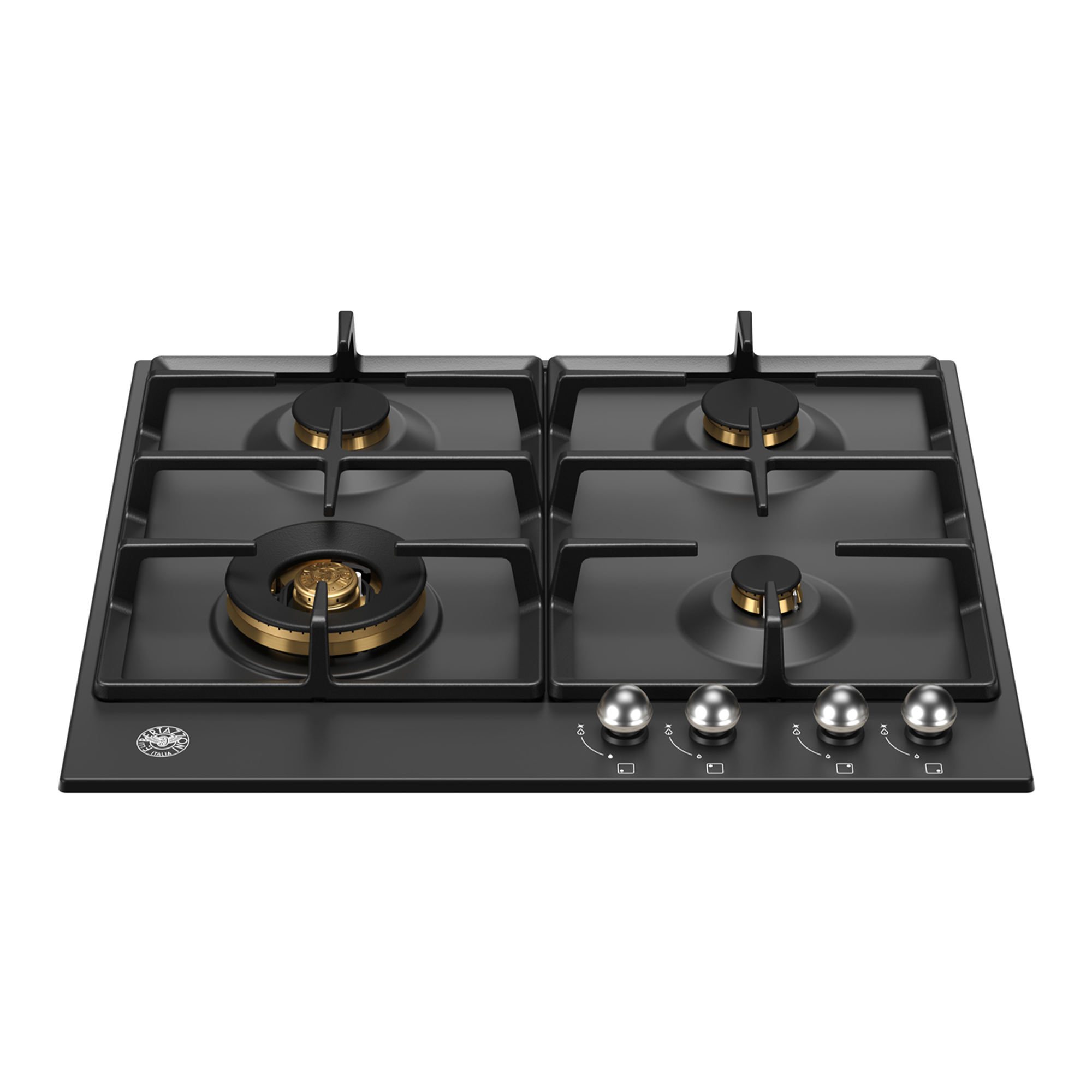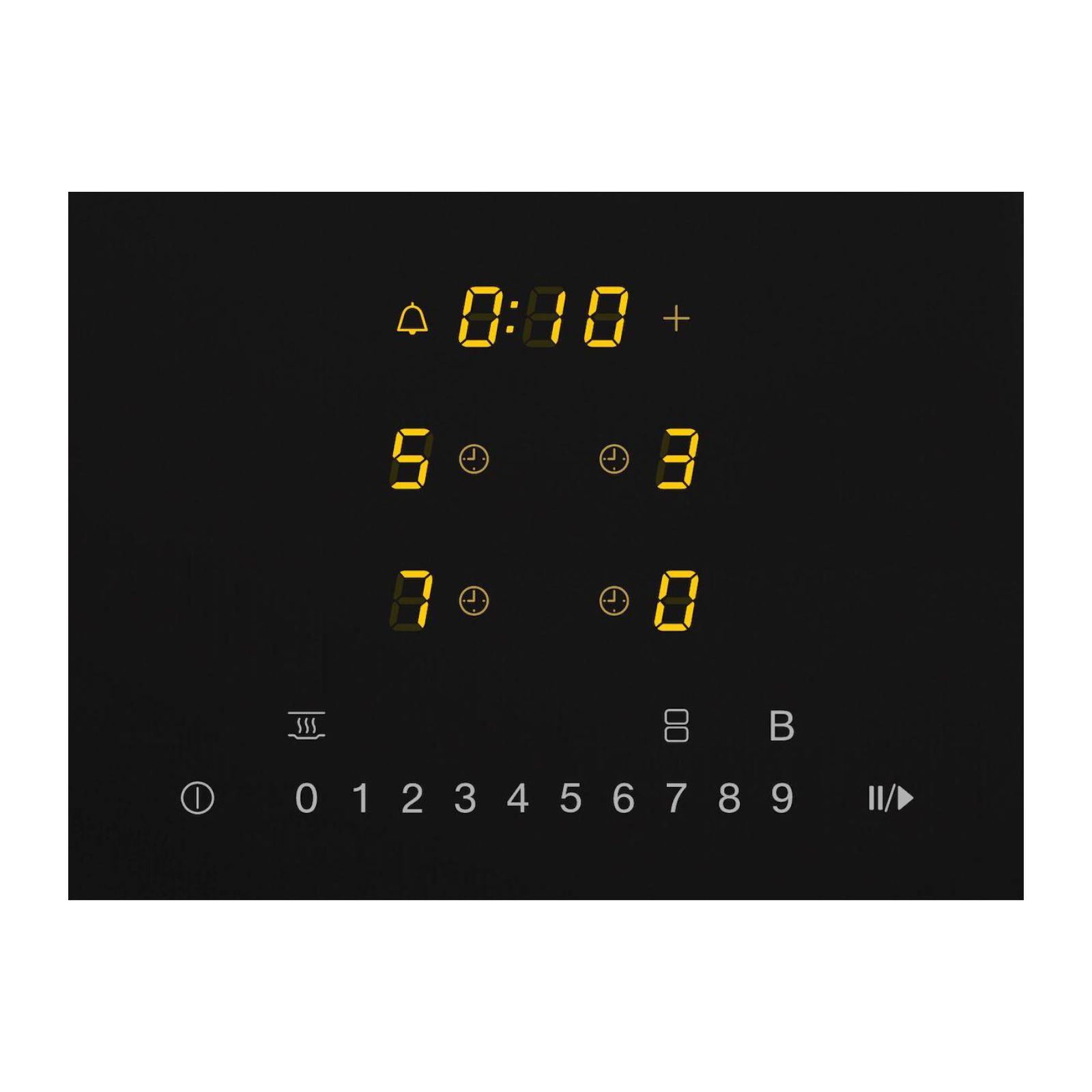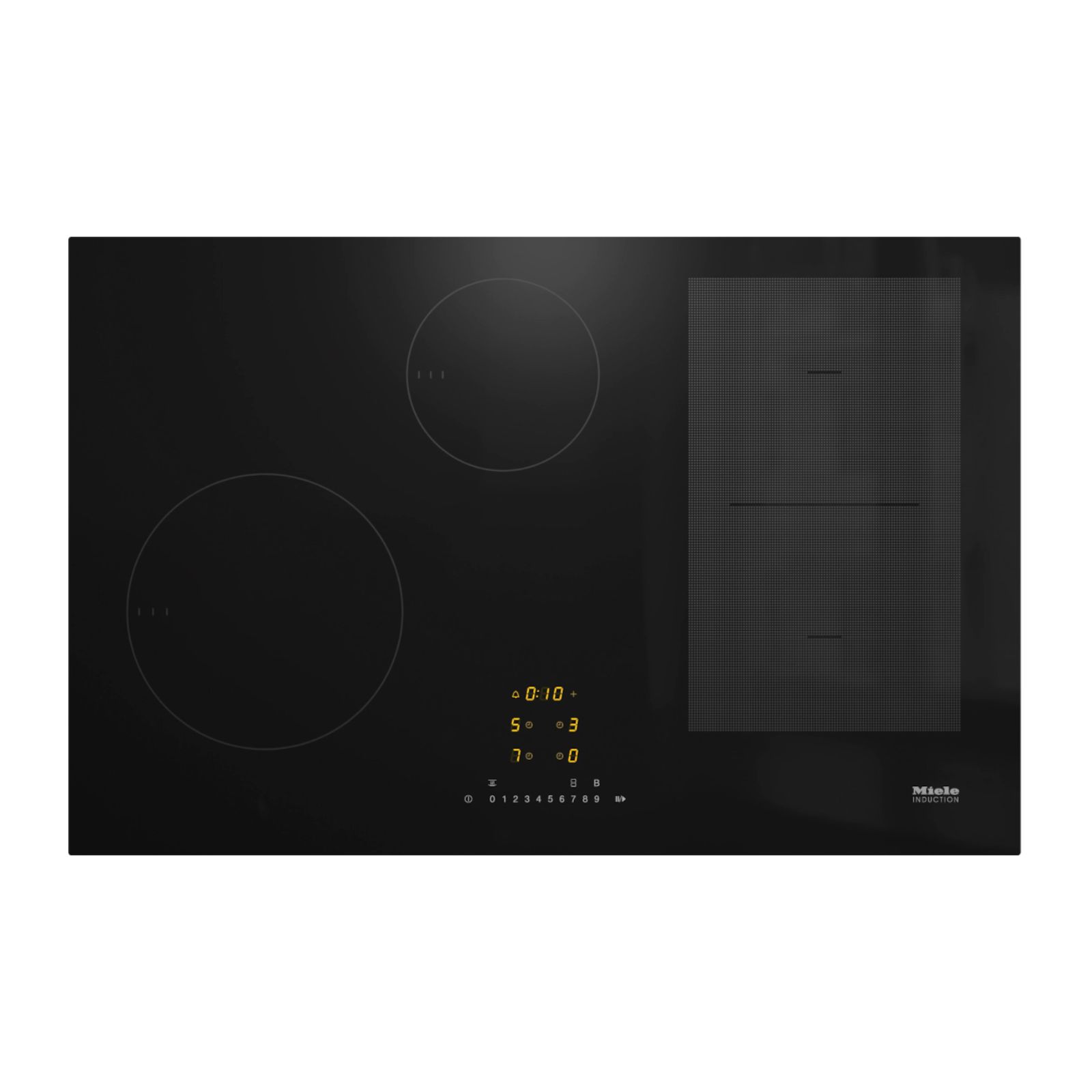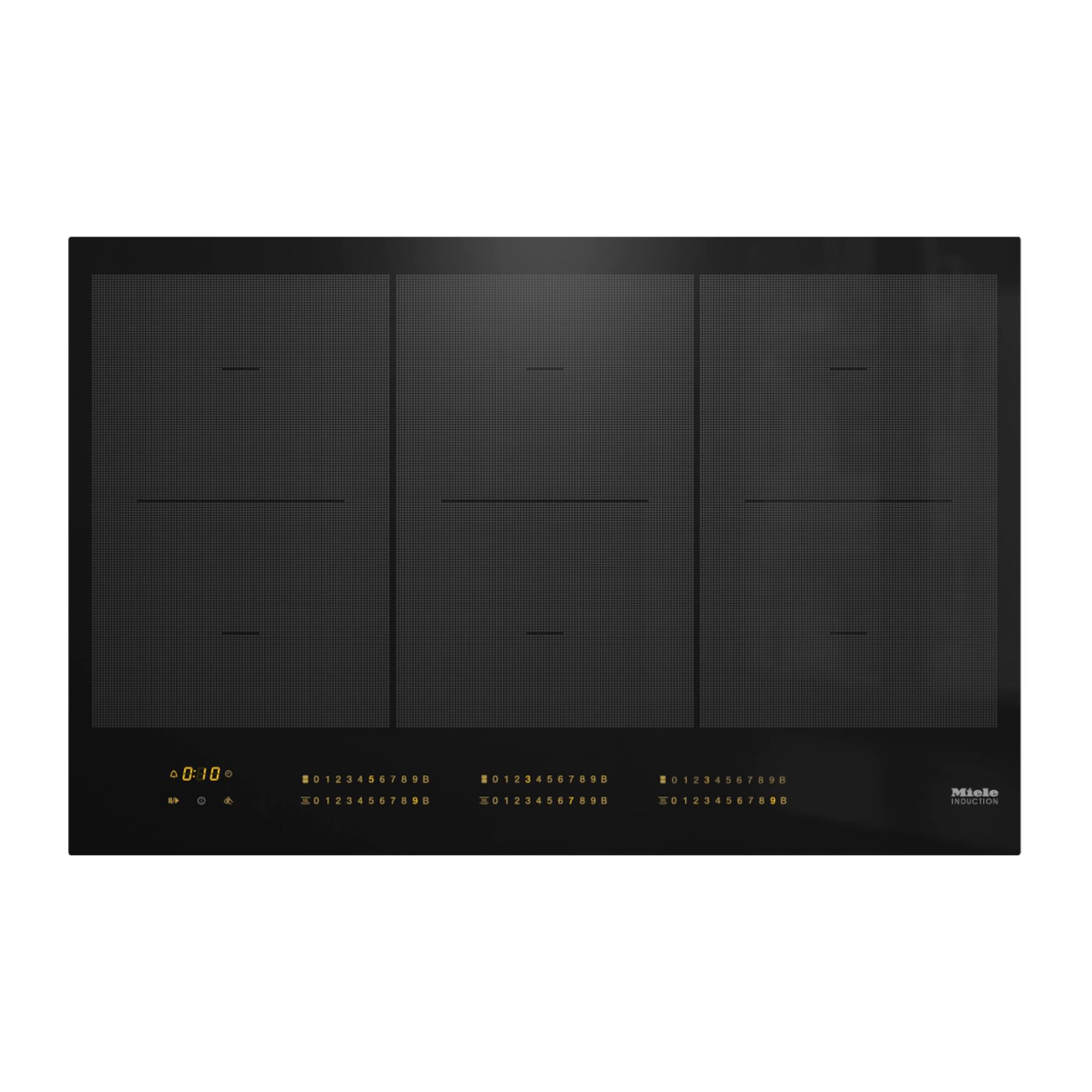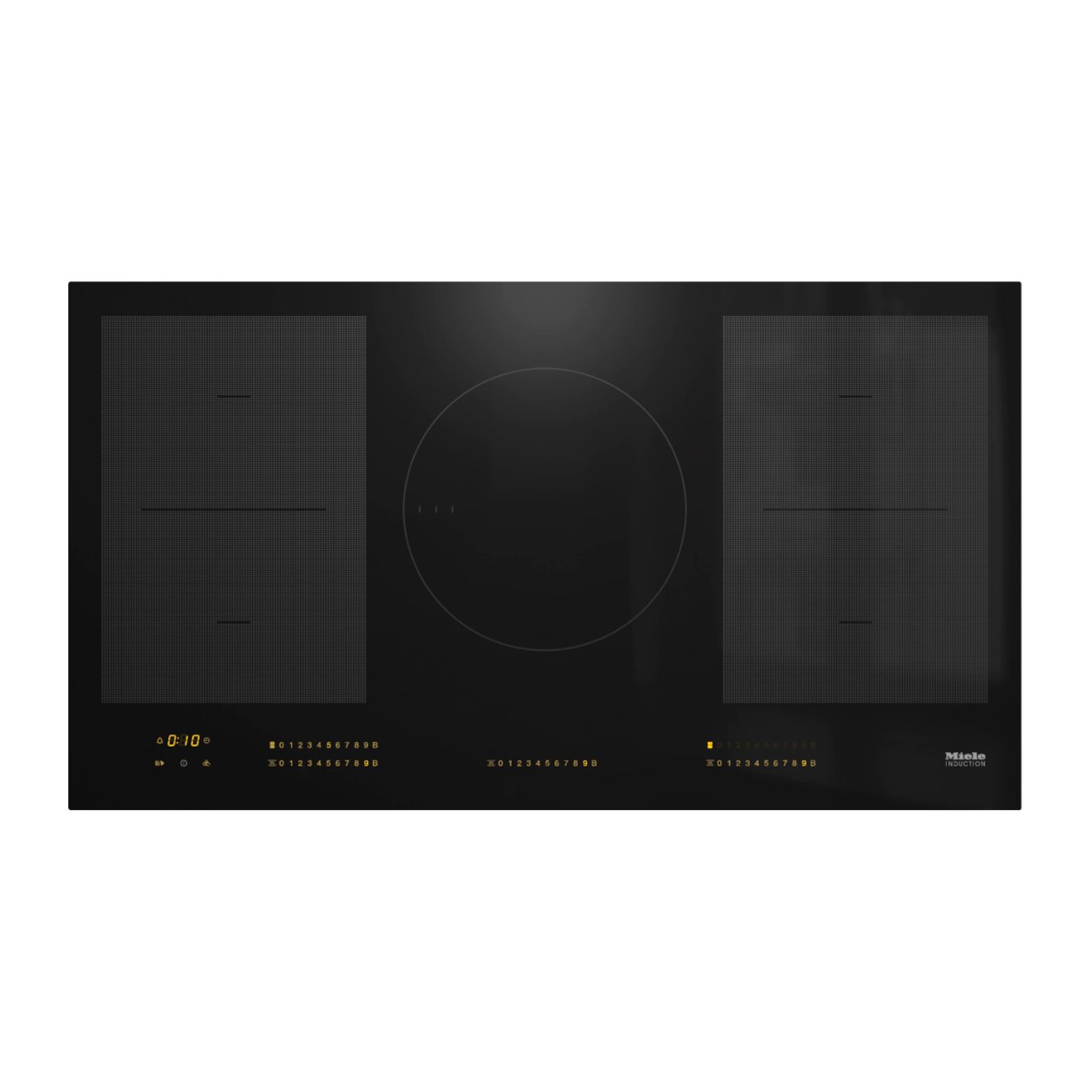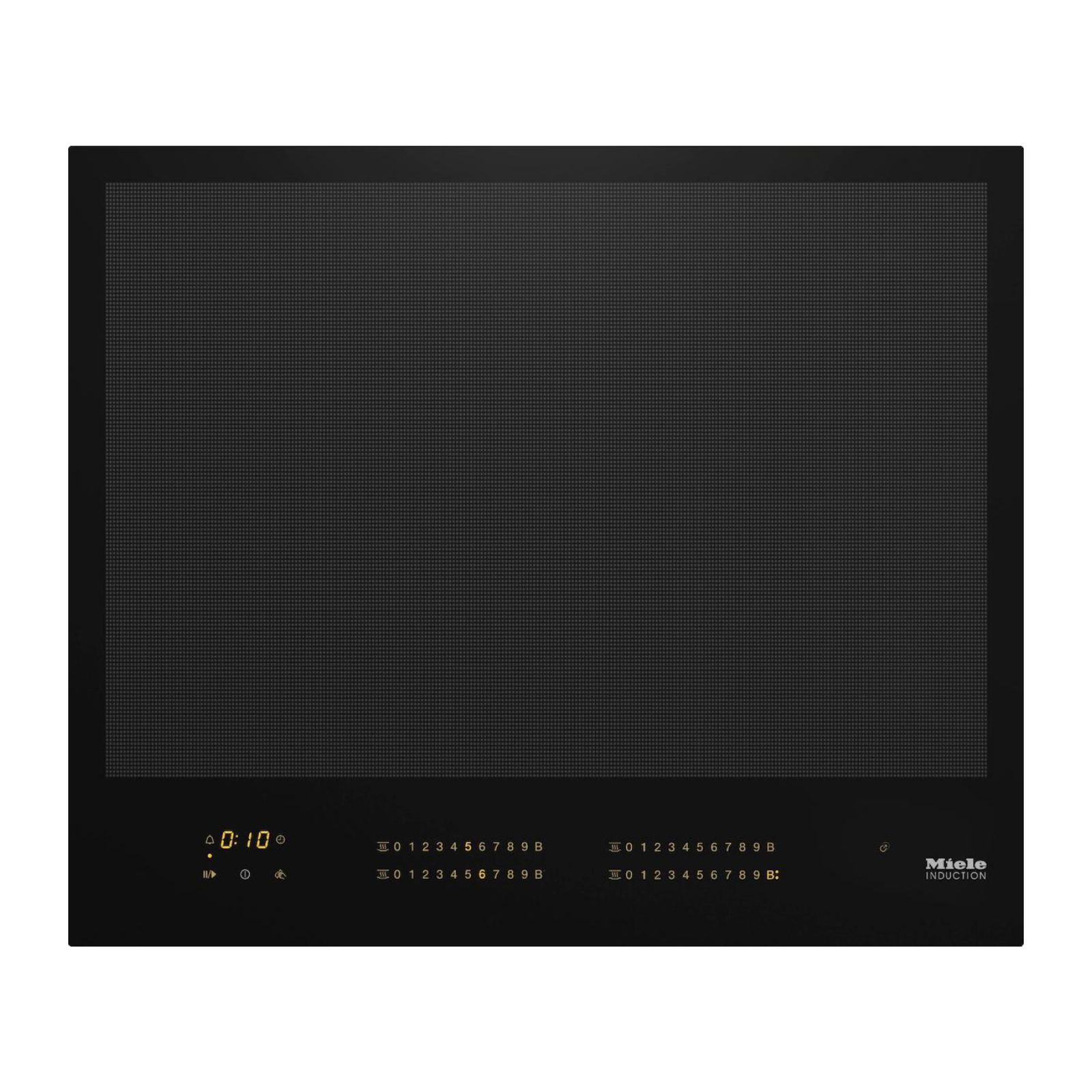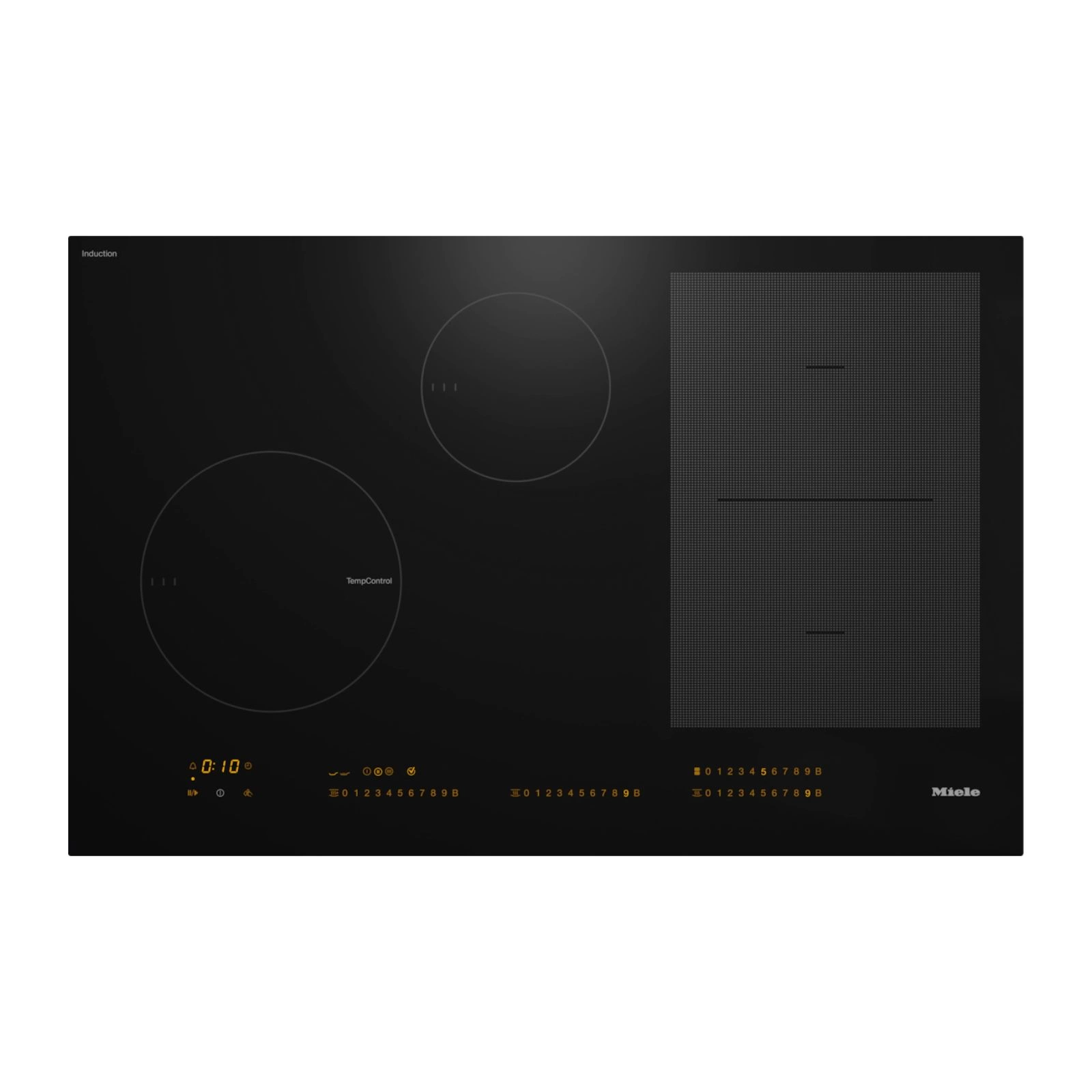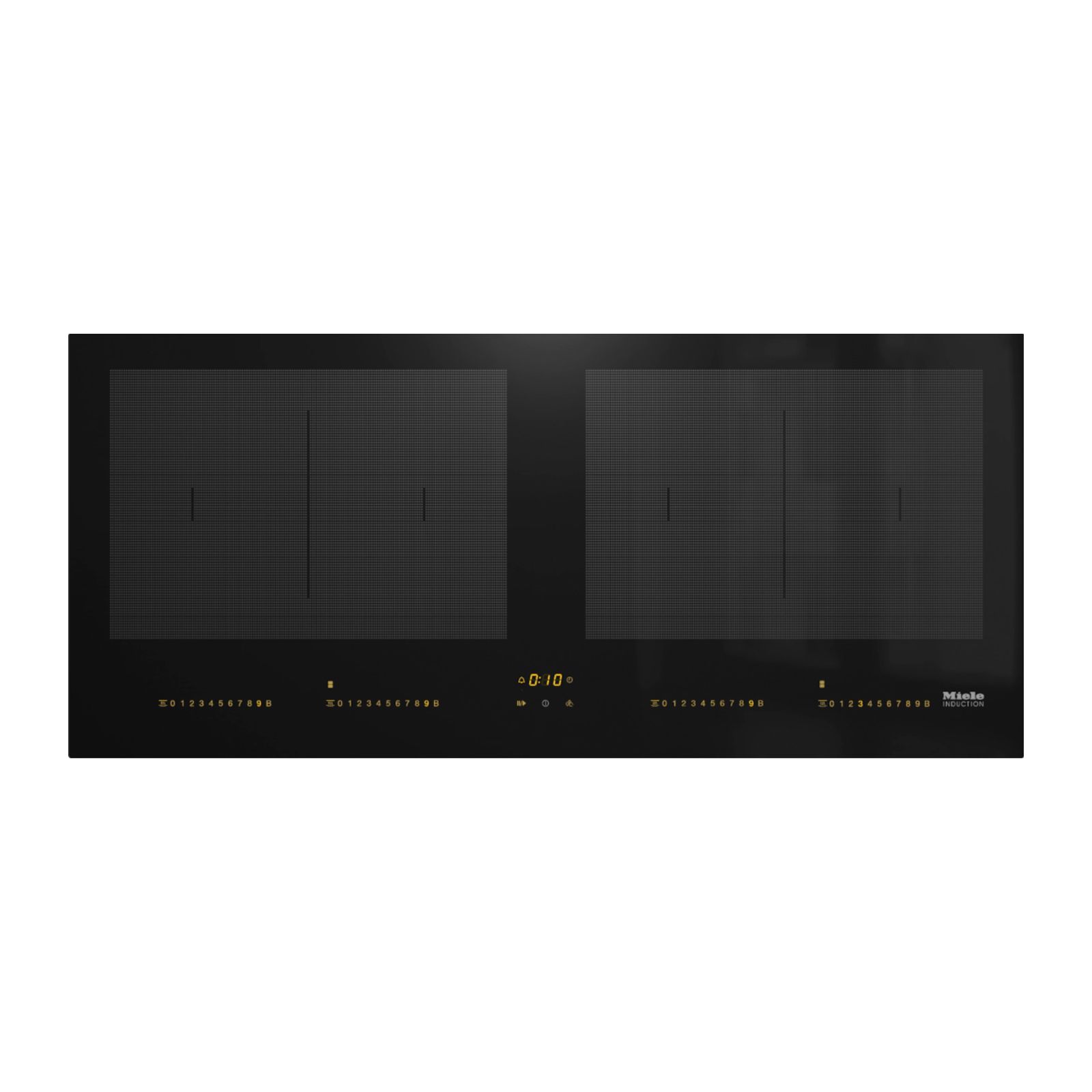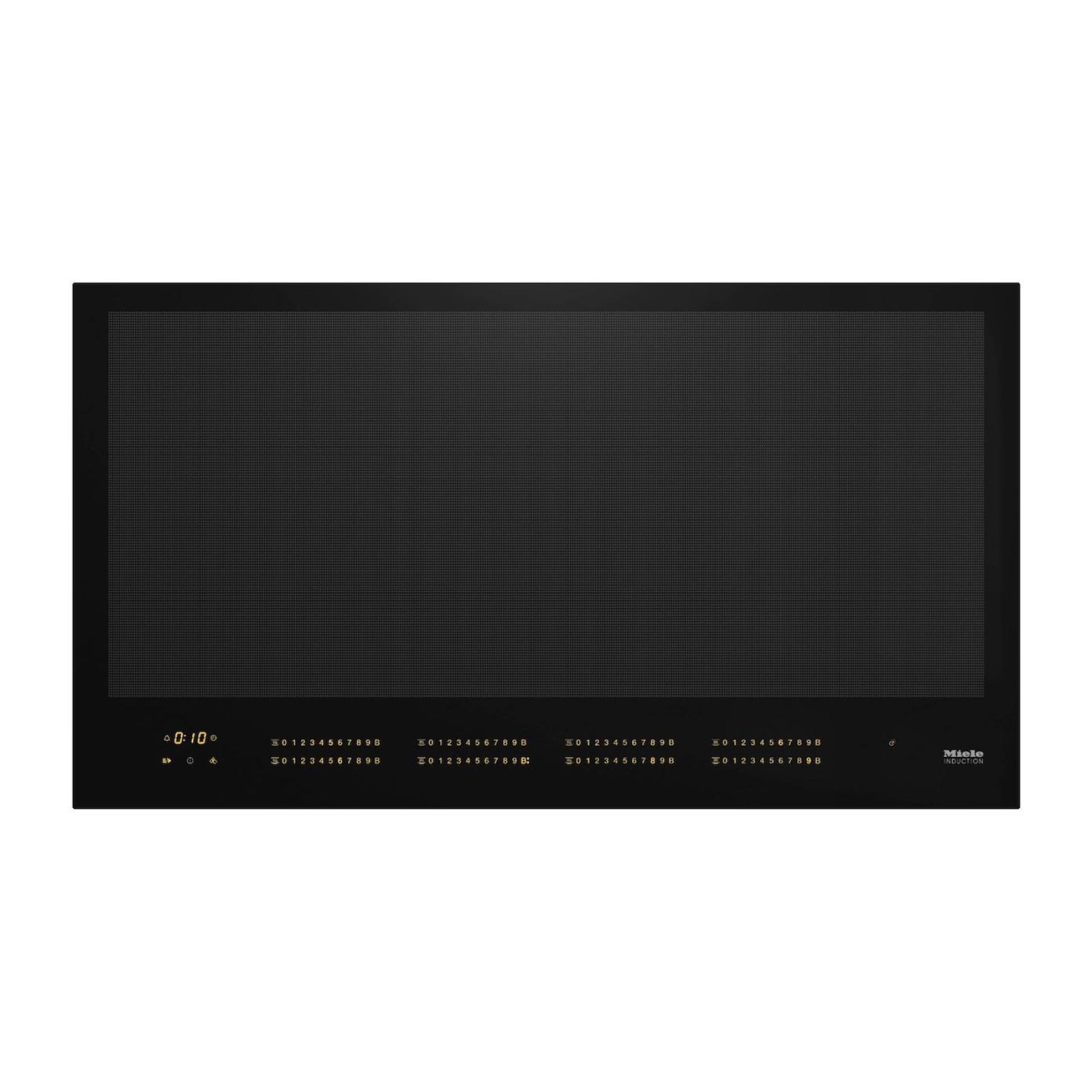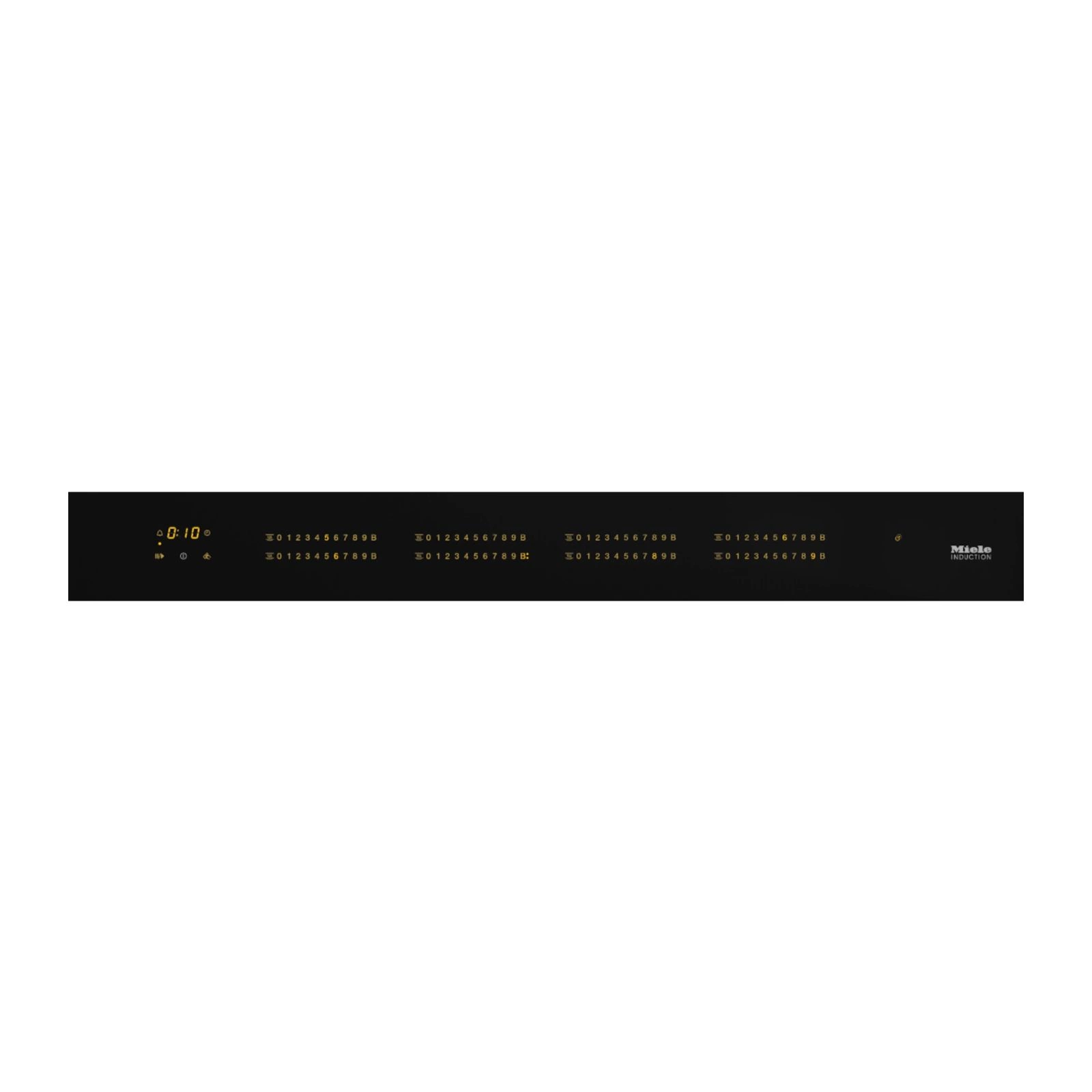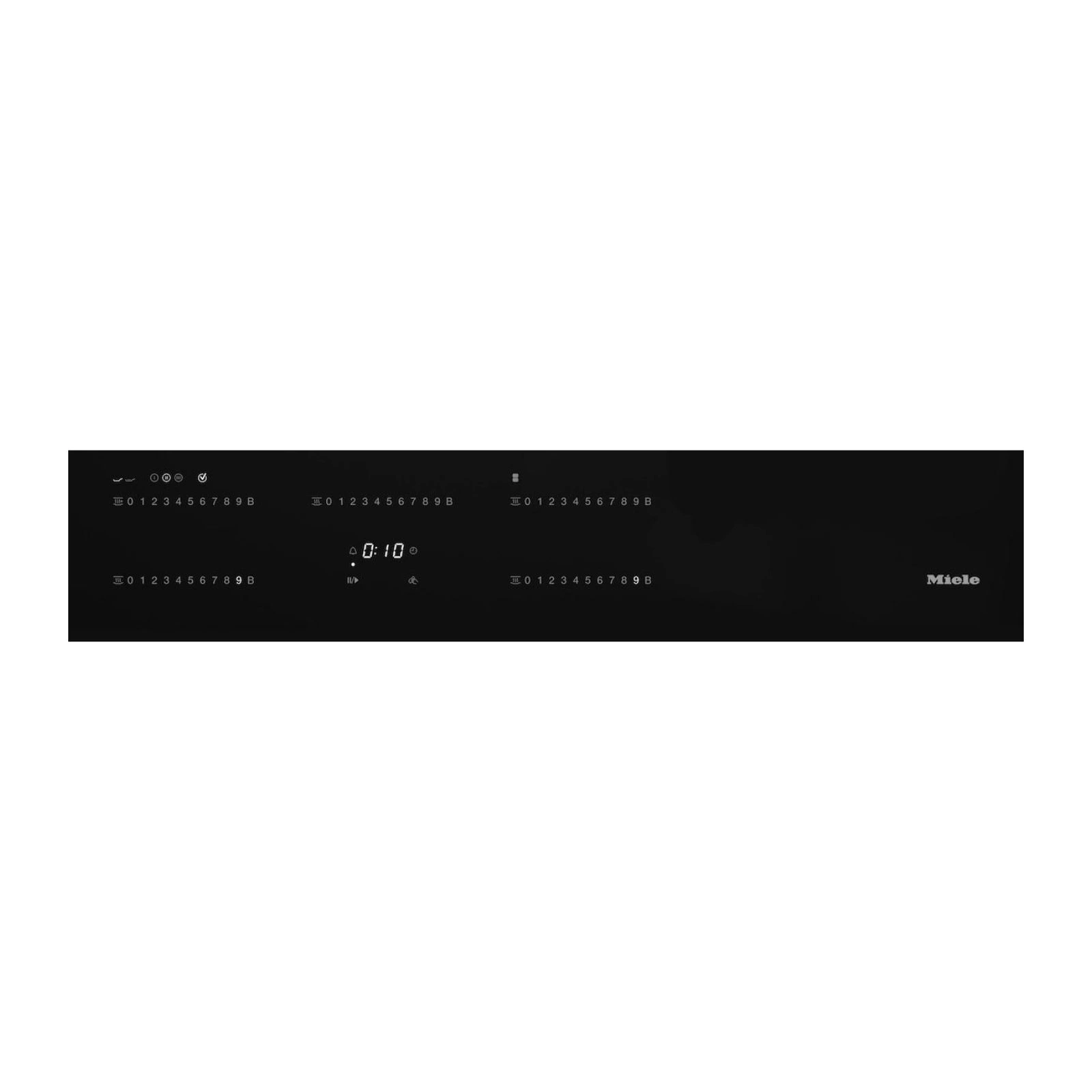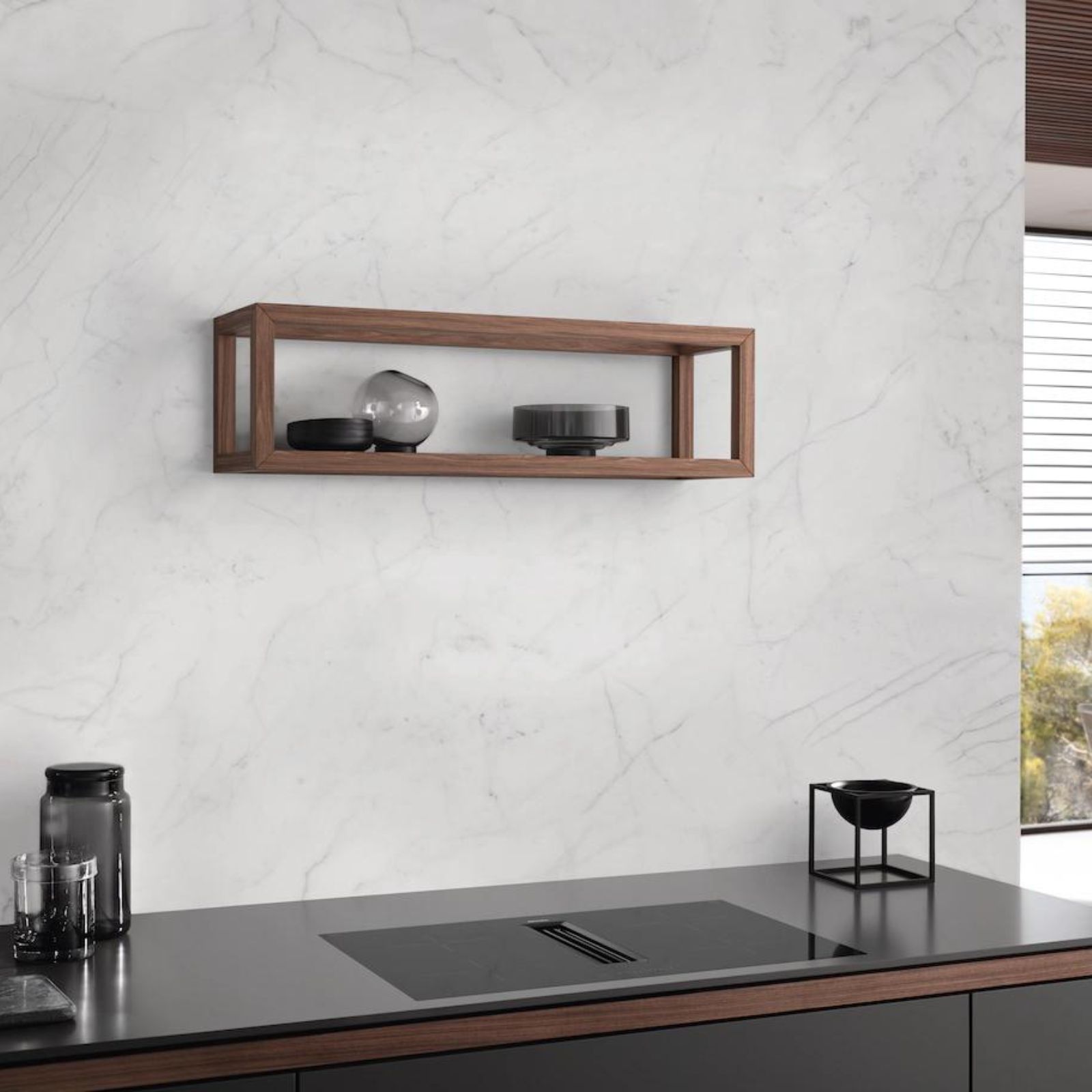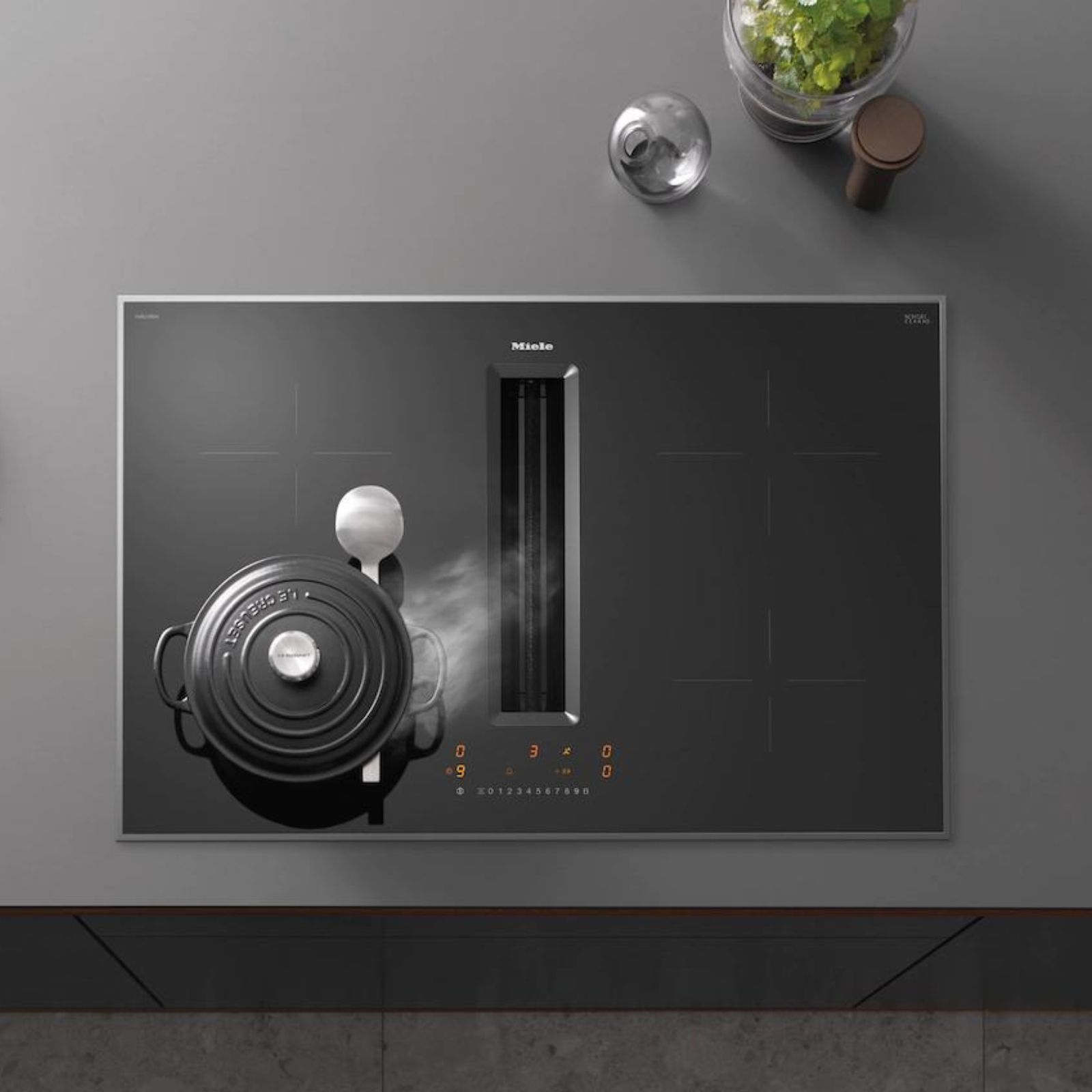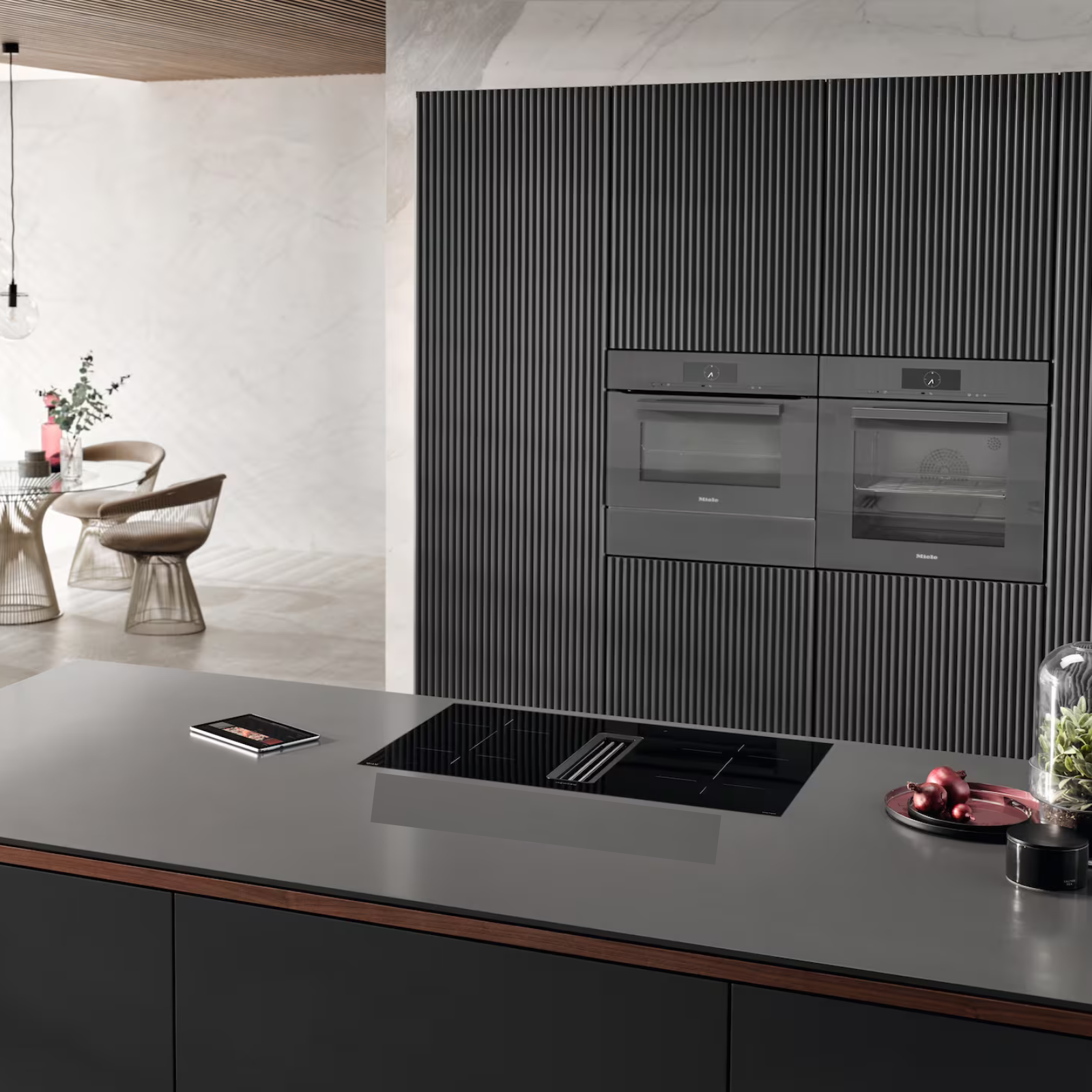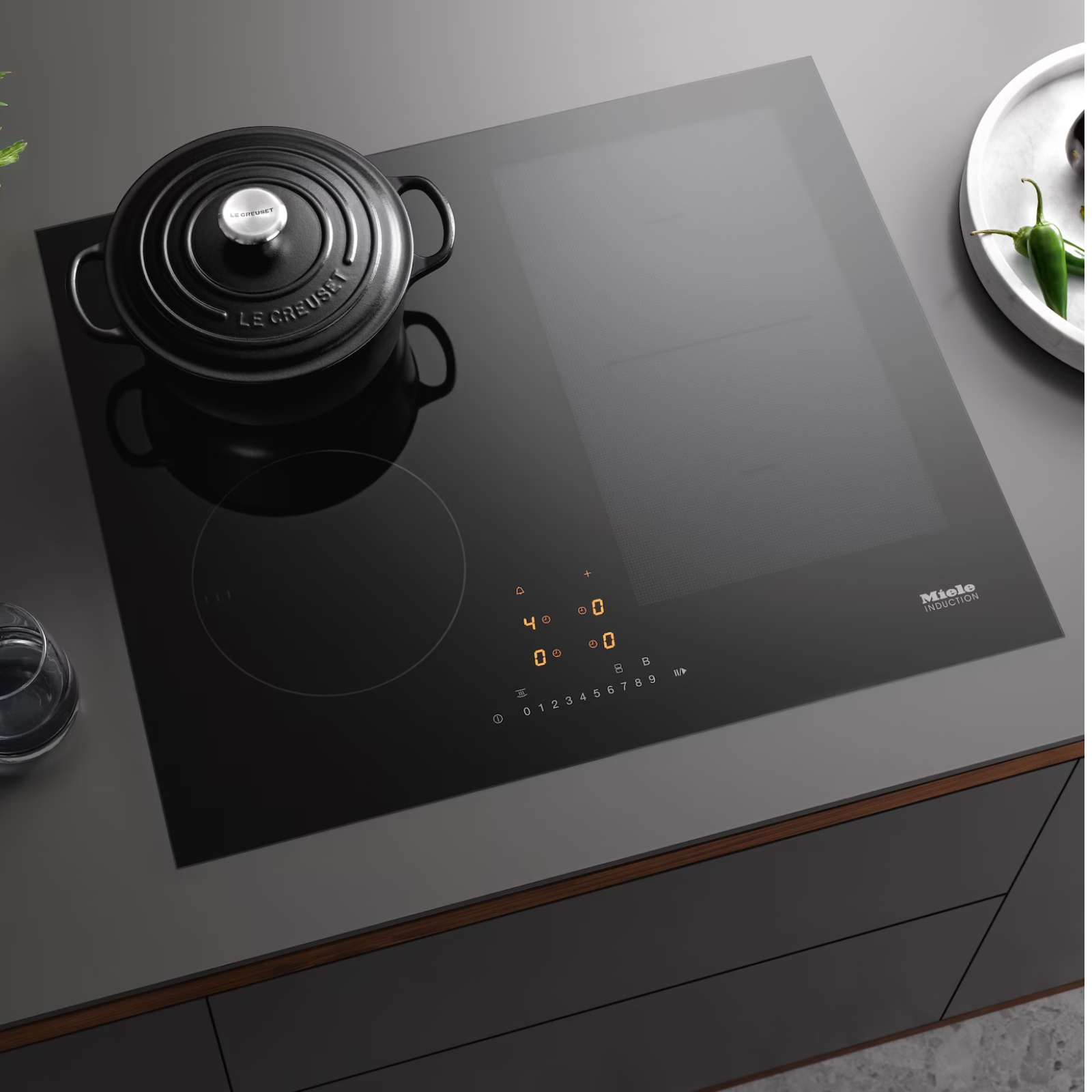Stoves & Hobs
What’s the Difference Between a Freestanding and Oven-Dependent Cooktop?
When planning your kitchen, it’s essential to consider whether you want a freestanding or oven-dependent cooktop, as these options will influence your kitchen layout. A freestanding cooktop offers you the flexibility to place it anywhere in the kitchen, such as on an island, while the oven can be positioned separately. In contrast, an oven-dependent cooktop requires that the cooktop and oven are installed together, which limits placement but can be practical in certain kitchen environments.
Ceramic Induction Cooktop – The Modern Solution
A ceramic induction cooktop combines style and efficiency. Beneath its sleek ceramic surface lie copper coils that create an electromagnetic field when the cooktop is turned on. This induction technology generates heat directly in the cookware, providing quick and even heating. Many induction cooktops also feature flexible zones that allow you to use the entire surface area, regardless of the size of your pot or pan.
To use a ceramic induction cooktop, you need cookware that is compatible with magnetic surfaces. One of the major advantages of induction is its safety—cooking zones only heat up when there is cookware on them, reducing the risk of accidents. Additionally, energy consumption is more efficient, which can lower your electricity bills.
Ceramic Cooktop – Stylish and Easy to Maintain
The ceramic cooktop visually resembles an induction cooktop but operates differently. Instead of induction coils, it uses heating elements beneath the glass surface to warm the cooking zones. The ceramic cooktop is not only aesthetically pleasing but also easy to clean and energy-efficient, making it a popular choice for many homes.
Gas Cooktop – Fast and Precise Heat Control
For those who love to cook professionally, a gas cooktop is an excellent choice. A gas stove provides instant heat with a continuously adjustable flame. Cooking stops immediately when you turn off the gas, reducing the risk of overcooking or burning. Furthermore, it has low energy consumption. If you are considering a gas stove, it’s important to ensure your kitchen has a gas connection.
Induction Cooktop with Integrated Kitchen Vent – The All-in-One Solution
A cooktop with an integrated vent is a practical and visually appealing solution. With a built-in vent, you avoid having a traditional hood that takes up space and disrupts the view. Additionally, these cooktops are often more efficient than standard hoods while being easy to use and clean. This type of cooktop is perfect if you want your stove on a kitchen island and desire an open, social cooking space without intrusive elements.
Which Cooktop is Right for You?
Choosing a cooktop depends on how you use your kitchen and what matters most to you—price, performance, or design? Ceramic cooktops are often the most affordable and come in many models. Induction cooktops provide quick and precise heating, while gas cooktops offer maximum control over cooking. Both ceramic and induction cooktops heat quickly, but induction has the added benefit of a "Boost" function that accelerates heating even further.
Consider your needs and how you plan to use the cooktop—how many cooking zones do you require? Where do you want to place it? Choosing the right cooktop is about finding a balance between functionality, design, and your cooking routines.
